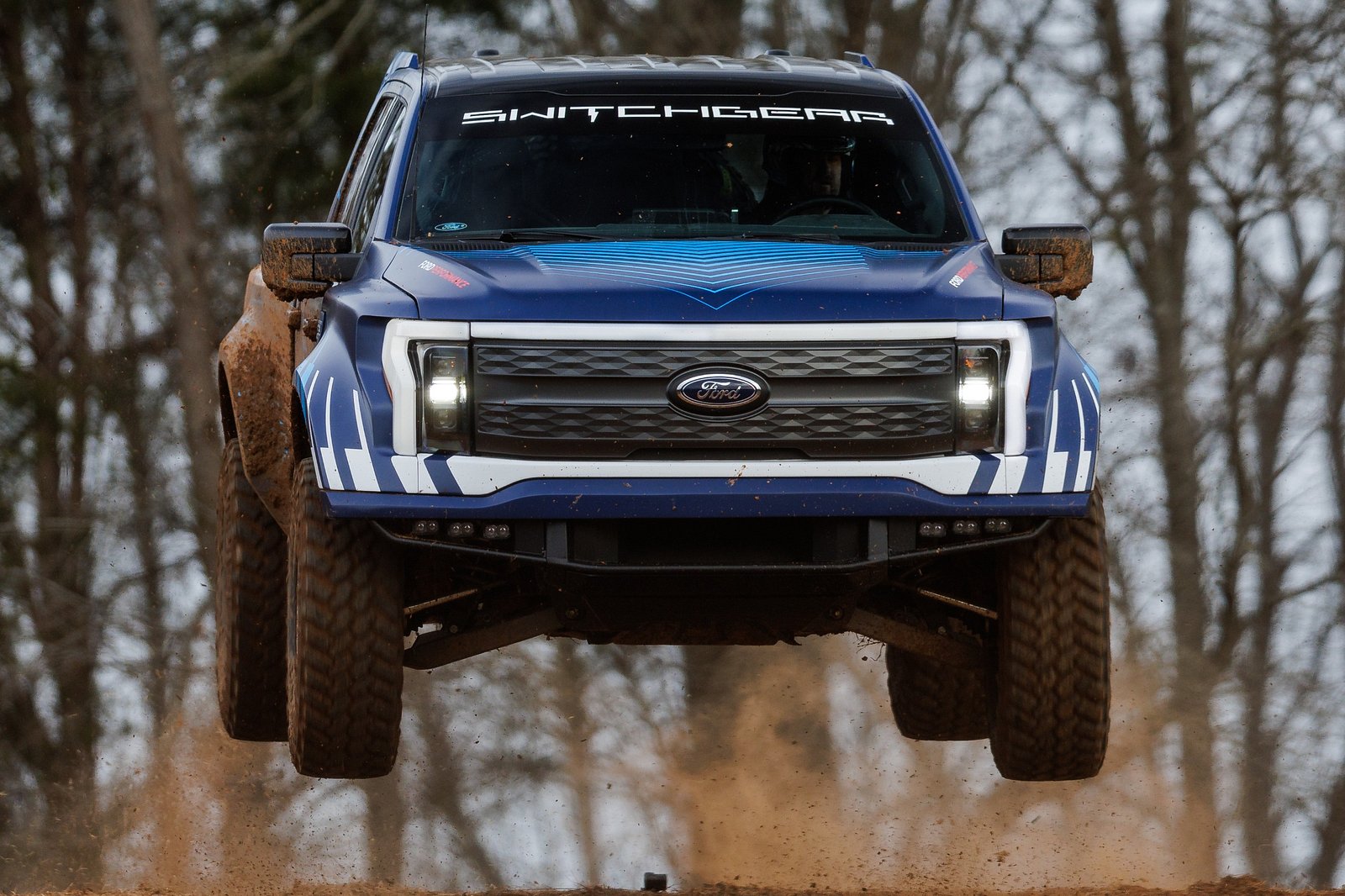Common Ground in Transmission Woes
The Ford F-150 and Chevy Silverado 1500, two of America’s best-selling trucks, are unexpectedly united by a shared defect in their transmissions, leading to numerous lawsuits. Both models are equipped with a jointly developed 10-speed automatic transmission that has become the source of frustration for many owners. This similarity in hardware has led to comparable legal challenges for both Ford and Chevrolet.
Details of the Transmission Defect
This specific transmission problem involves the 10L80 model used in the Chevy Silverado and the 10R80 in the Ford F-150. Owners of these trucks have reported issues such as harsh shifting, unexpected power losses, failure to change gears, unsettling noises, and erratic gear slips. The frequency of these complaints has been higher for the F-150, which aligns with its higher sales figures compared to the Silverado.
The Legal and Repair Landscape
Despite the mounting complaints and class-action lawsuits urging Ford and Chevy to address these defects, neither manufacturer has issued a recall. Technical service bulletins have been issued in attempts to remedy the issues, but both automakers maintain that these transmission behaviors are within normal operational standards. Yet, for drivers, these issues translate to a driving experience that feels both uncomfortable and unsafe, with potential repair costs exceeding $3,500.

Added Factual and Beneficial Information:
Economic Impact of Transmission Failures
The transmission problems with the Ford F-150 and Chevy Silverado not only affect vehicle performance but also impose significant financial burdens on owners. The cost of replacing such a complex component can severely impact an owner’s finances, highlighting the need for manufacturers to ensure more robust and reliable transmission designs in future models.
Consumer Trust and Manufacturer Responsibility
Persistent issues like these can erode consumer trust in major brands like Ford and Chevy. It underscores the importance of automakers conducting rigorous quality checks before releasing vehicles to the market. Ensuring the reliability of critical components such as transmissions is essential for maintaining brand reputation and consumer satisfaction.
Advocacy and Future Directions
This situation illustrates the critical role of consumer advocacy and legal actions in holding manufacturers accountable. As owners of affected models band together to seek justice, it could prompt industry-wide changes, leading to higher standards and better consumer protections in automotive manufacturing. Moving forward, it’s vital for vehicle owners to stay informed and proactive in addressing any signs of vehicle malfunction.

